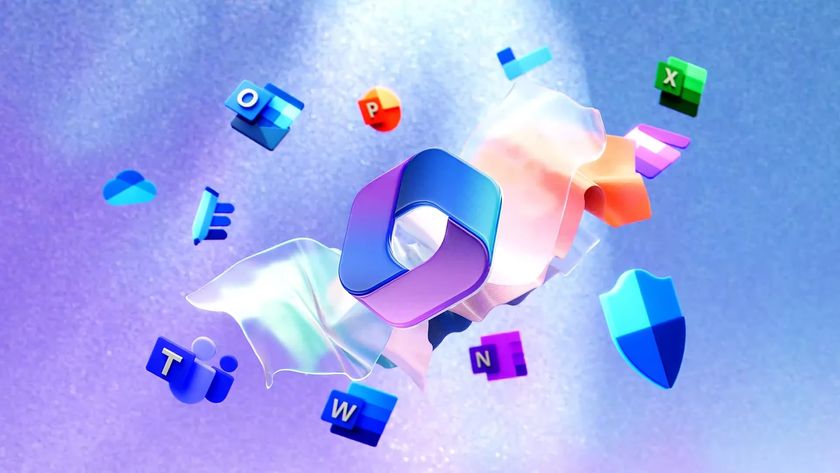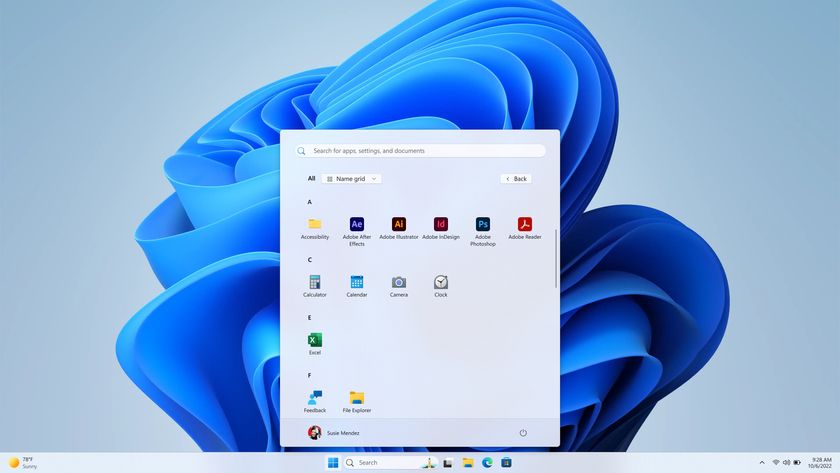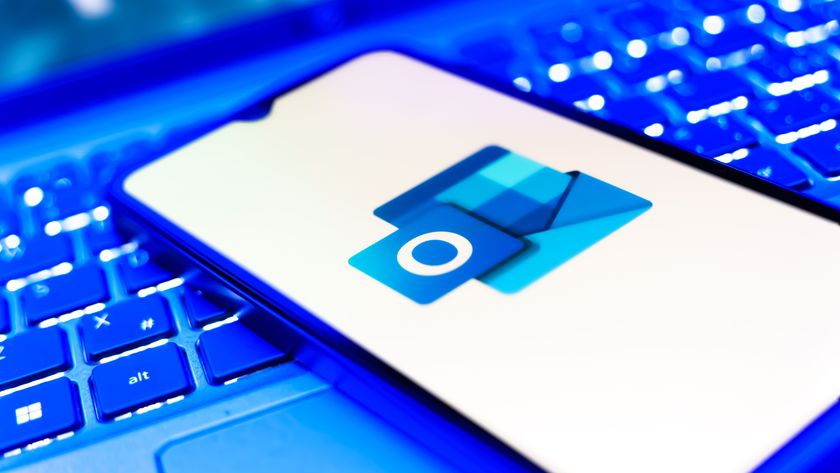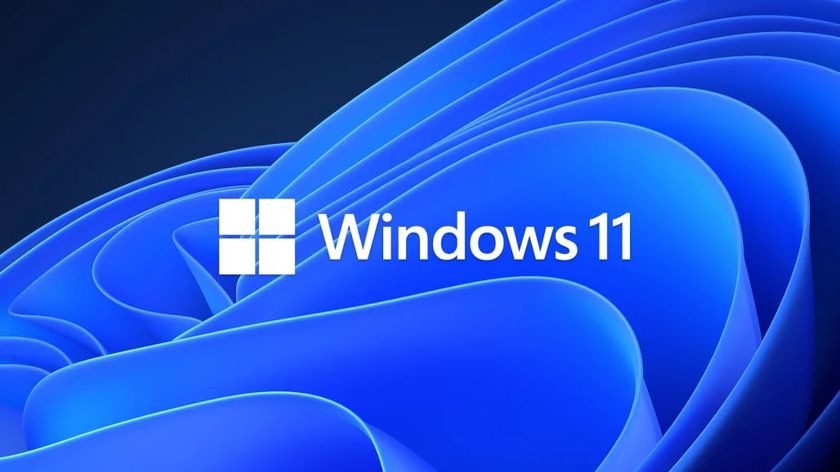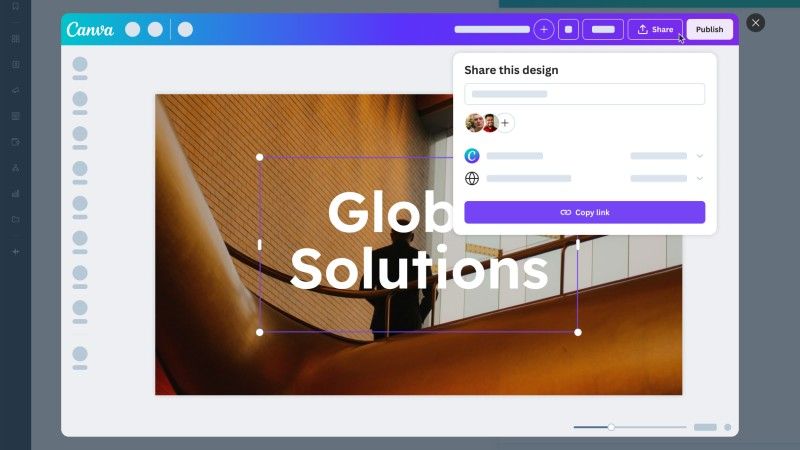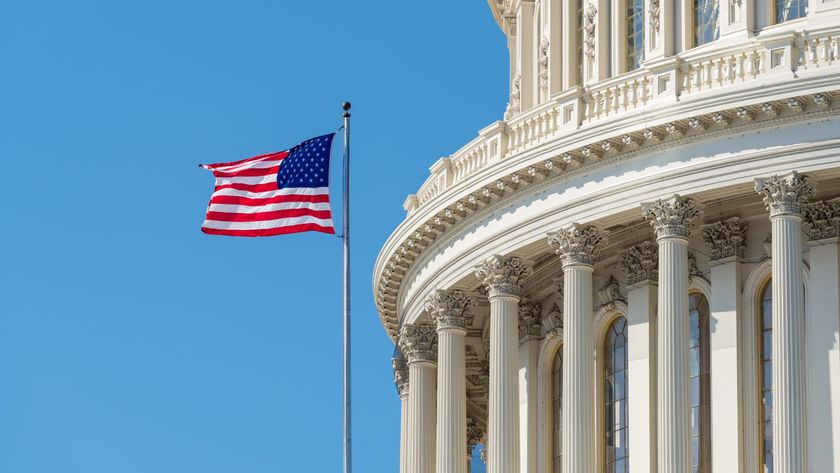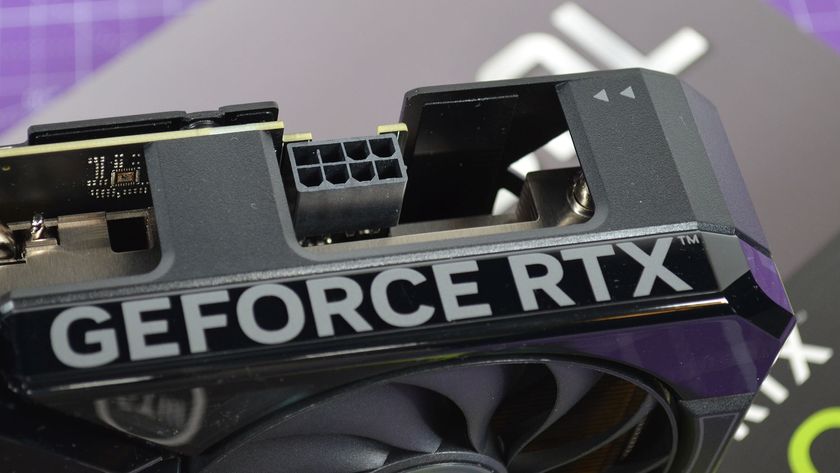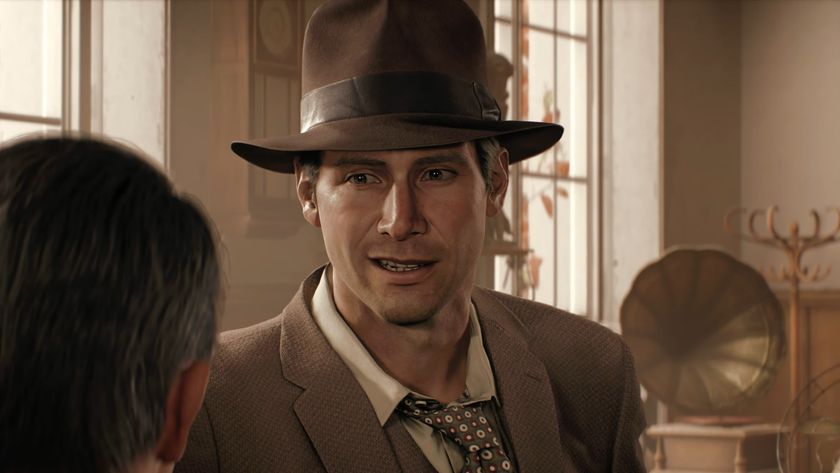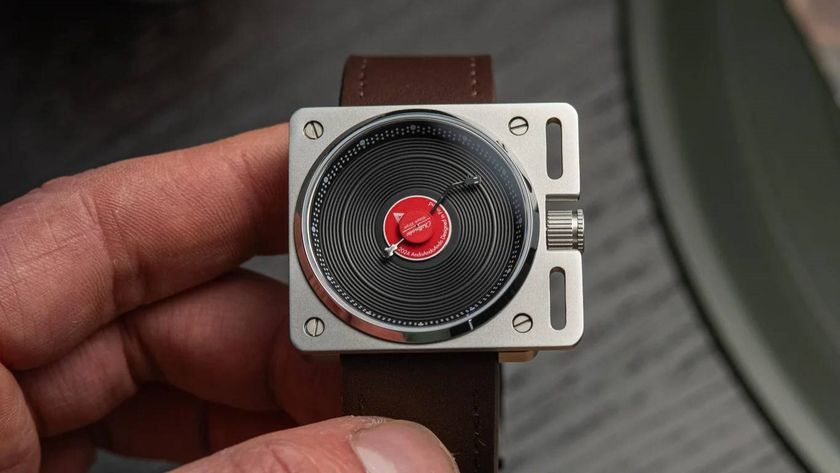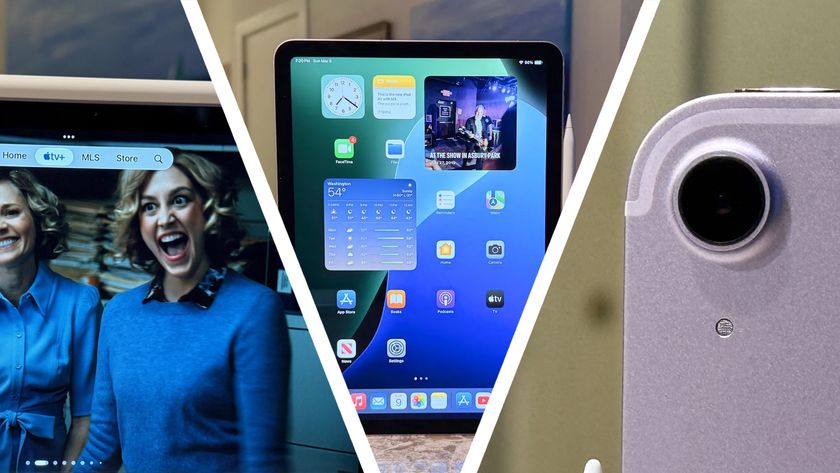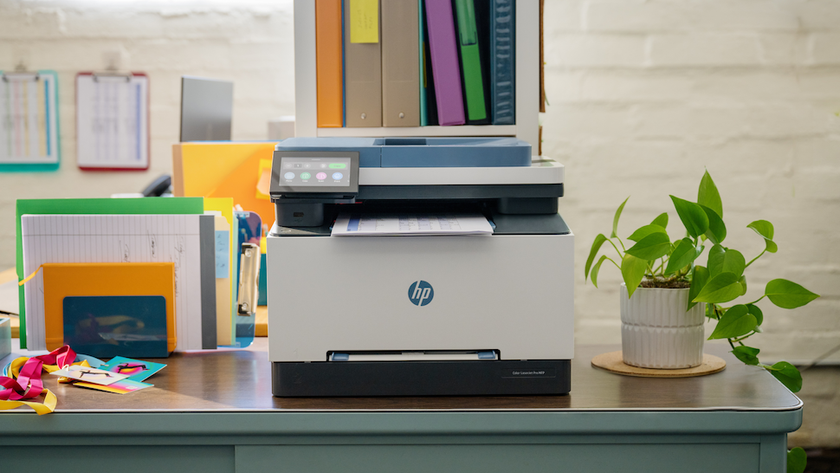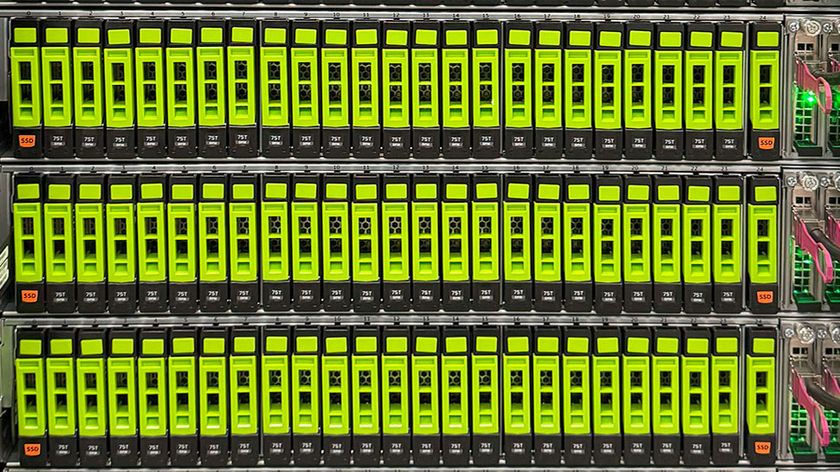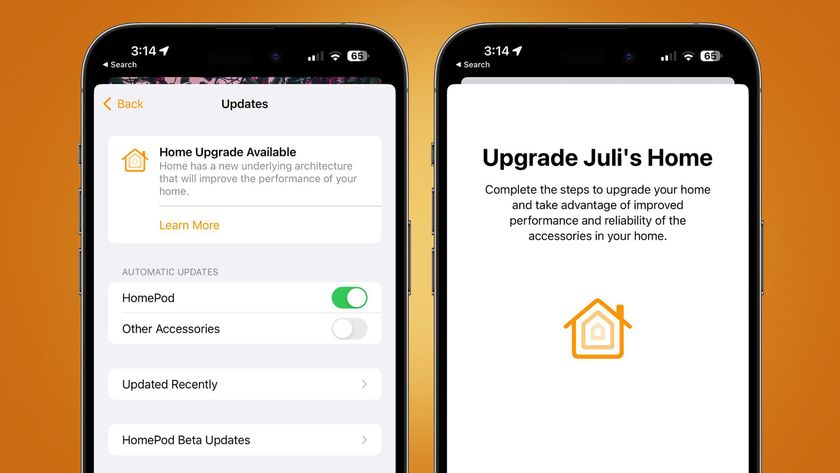Windows 1.0: looking back at the OS that started it all
Windows enters its fourth decade
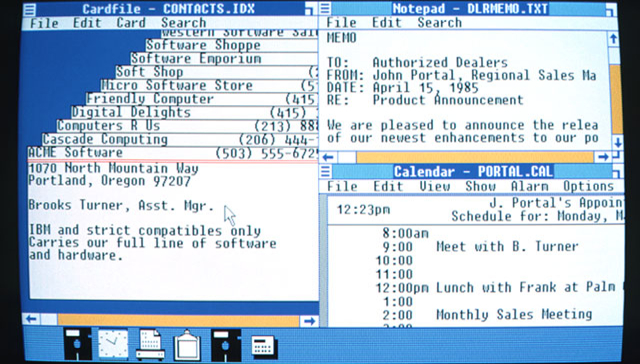
Today marks the 30th anniversary of arguably the single most important release in the history of the personal computer – Windows 1.0.
As Windows nears its fourth decade, it does so at a pivotal time for the company as Microsoft looks to repeat the glory days when it could turn up more-than-fashionably late to the party and still be one of the hip kids on the block.
Even though Windows 1.0 was widely lampooned as vaporware – we'll get back to that later – it did what it set out to do – make personal computing affordable for the masses.
When Microsoft released Windows 1.0 it did so at a time when the market was made up of a few expensively priced competitors.
Bill Gates had a cunning plan to dethrone the likes of Apple and IBM. The strategy, to come in with a low priced product, had a successful future ahead of it. Aggressive pricing put Windows at the head of the growing personal computer market.
The genesis of Windows
The press at the time gushed over the fact that Microsoft was to price Windows inexpensively. Gates added that it was "unique software designed for the serious PC user…"in the original press release for Windows 1.0
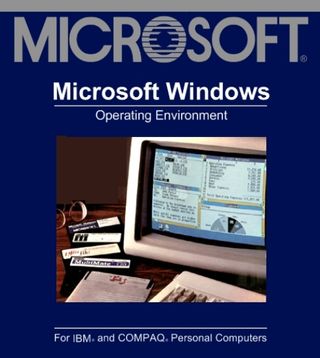
Whether it was unique is for Apple and Microsoft to squabble over, and they did, but what cannot be denied is that when Microsoft Windows 1.0 did finally arrive two years late on 20 November 1985 it was about to propel personal computing into the mainstream.
Are you a pro? Subscribe to our newsletter
Sign up to the TechRadar Pro newsletter to get all the top news, opinion, features and guidance your business needs to succeed!
Steve Ballmer, in his first ever video outing, boomed that the OS was priced at not $1,000 or $500 but just $99 and this represented a huge attraction for consumers – even if Ballmer's voice was that bit too high pitched for most to cope with.
Apple's Lisa was priced at circa $10,000 with the other competing device from Visi On requiring a wallet-emptying amount to be spent on hardware.
Microsoft had, effectively, created its own market by developing a 16-bit graphical operating system that could run using two cheap double-sided floppy disk drives and 256KB of RAM on top of DOS all built onto a graphical user interface sold at one cheap price.
The first version included MS-DOS file management, Paint, Windows Writer, Notepad, Calculator, a calendar, card file, clock and even a game called Reversi. Running multiple programs or using DOS 3.0 or higher did require a recommended 512KB of RAM with a hard drive but the price was still low – and would remain so.
Making the most of the market
Anybody doubting Microsoft's original strategy need only look at the figures on personal computer sales. In 1984, before Microsoft actually released Windows, just over six million personal computers were sold, according to market share information from the time.
From 1984 onwards, 1985 excepted, the market put on the after-burners as the amount sold topped nine million by 1987. Then there was an almost two fold increase by 1990 to reach just over 20 million units.
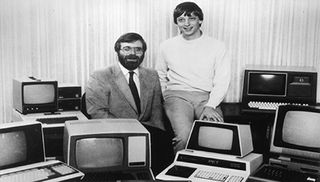
The market continued to show huge growth through the 1990s with shipments of personal computers shrinking in 2001 for the first time since the year Microsoft released Windows 1.0.
The market continues to shrink to this day and many are putting it on Microsoft to make a decisive move to kickstart the PC industry and using Windows is almost certain to be pivotal to this.
What the OS did for the personal computer market and its consumers was replicated by the way it influenced the company itself as billions of dollars were banked and made sure it was able to assume the position it is in now when it comes the PC sales worldwide. At the start, it seems unlikely that many could foresee the magnificent amount of success that was to befall the Redmond, Washington company.
The spike of the 90s
Windows 1.0 in itself wasn't considered the best OS by any means and the fact it was delayed by two years right off the bat makes sure it will be forever be remembered as the "vaperware" than many referred to it as, due to the fact it was delayed for so long. Its influence goes a lot further than that and in just releasing the OS it had set itself on the road to success.
One of the largest spikes in the personal computer market occurred in the years following 1991, which was 12 months after the third incarnation of the OS, Windows 3.0, was released. The new version was the precursor to Windows 3.1 that was widely credited with being responsible for helping gaming on PCs to be catapulted into the mainstream.
The PC game boom meant that everyone had to have a personal computer and most of these machines were running – you've guessed it – Windows 1.0/2.0/3.x/95 and so on.
Applications also had a huge role to play in the success of the system and the small list of programs bundled with the original Windows 1.0 was just the start as the OS lived and died by the applications it supported.
The ongoing success of Windows 1.0 and subsequent versions were reliant on programs such as Aldus Pagemaker 1.0 and Microsoft Excel, which both opened up PCs to a new breed of user. Fast-forward to the modern day and phone manufacturers and customers, when talking of the Windows Phone OS, regularly cite the lack of apps on it as a reason to complain.
Windows 1.0 stood the test of time and Microsoft offered supported for its debut outing for 16 years – the most for any version of the OS that has ever seen a release. The challenge for Microsoft now is whether it should harp back to those sepia tinged days when it was starting out in order to try and climb the seemingly insurmountable mountain built up by Apple and Google.
- Now why not read 80 handy Windows XP tips, tricks and hints?

